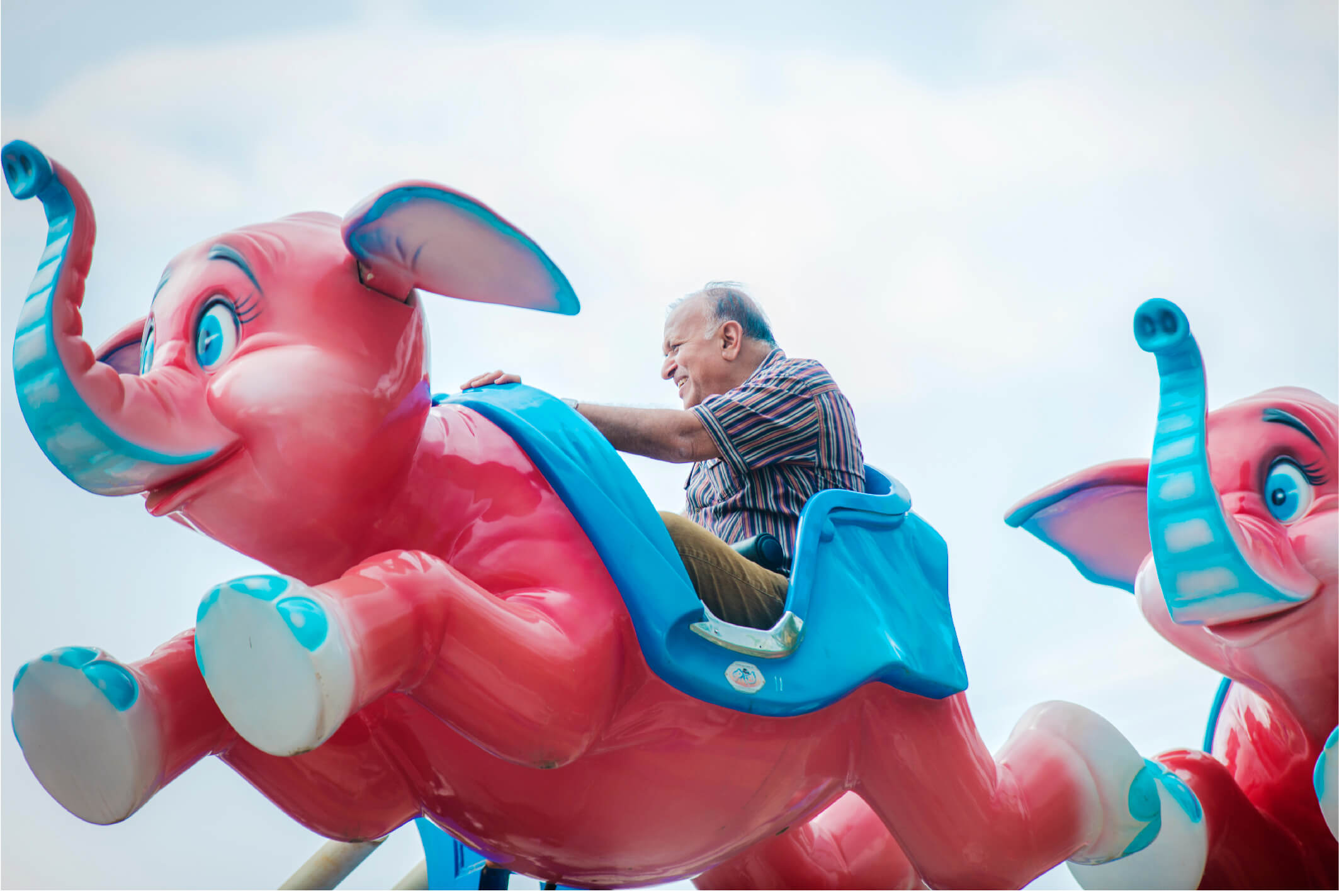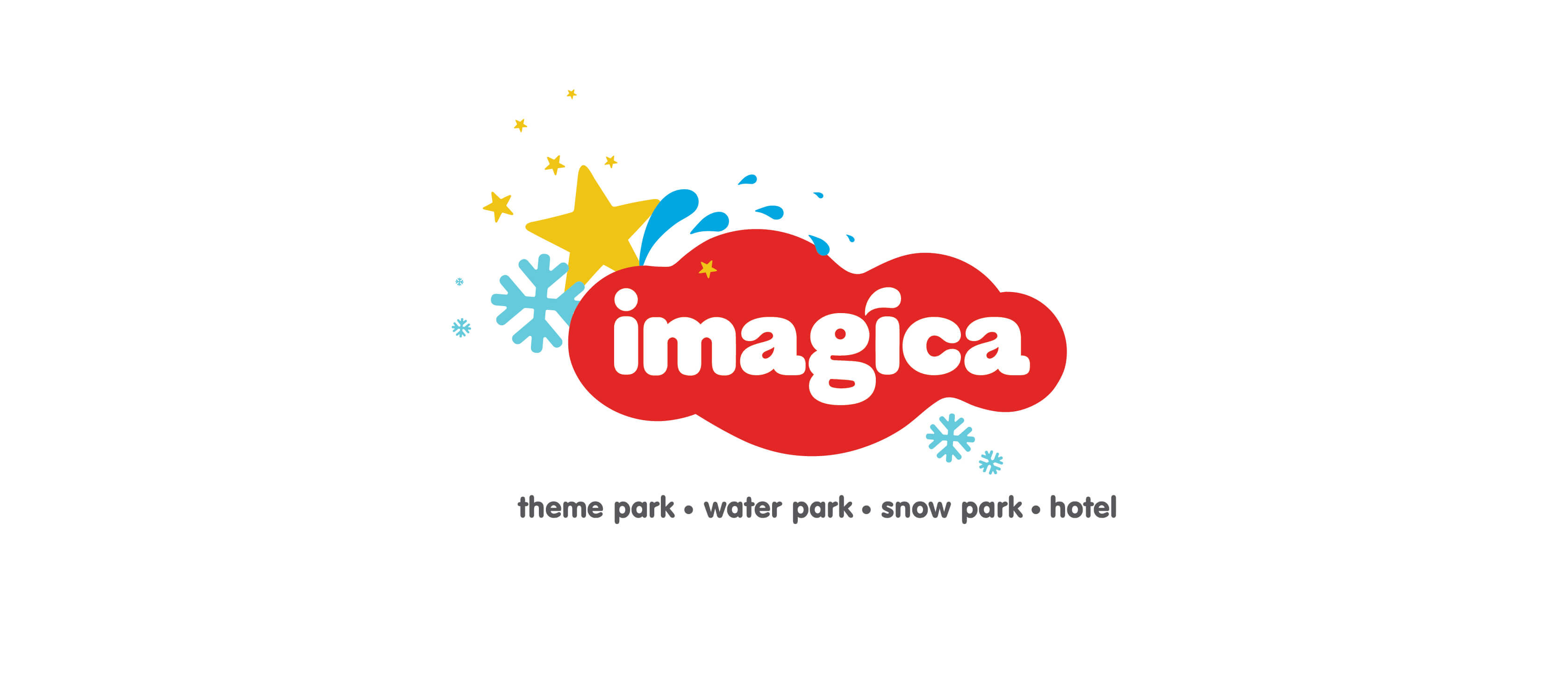What was the challenge?
Due to Imagica’s location – between the cities of Mumbai and Pune – they found that people from neither of these cities adopted it as ‘their amusement park’. Imagica’s convenient location was, surprisingly, working against it. Our goal was to get the citizens of Maharashtra’s two largest cities to adopt Imagica and make it their destination of choice for day-trips.
The Sideways Approach
A tale of two cities
First, we had to understand how people from these two cities spend their free time, especially their weekends. We needed to learn where their need for entertainment arose, what their idea of fun was and why they did the things they did. After extensive interviews and surveys across our target demographic, we learned that people from both cities were pretty much doing the same things. Whenever they had some time to spare, they would drive out to one of the nearby hill stations (Lonavla, Khandala) and spend time with their friends or family. Now, these hill stations are located close to our amusement park. So, why not Imagica?
Go along for the ride
In order to understand the people who chose to not visit Imagica, we decided to get to know the people who did. This meant visiting Imagica and spending some quality time getting to know its guests and offerings. Basically, we spent a whole lot of work days at an amusement park, which is a great way to spend work days.
During our time there, we spoke to a whole lot of visitors, park employees and management. We even asked a mother and daughter who were visiting Imagica for the first time to update us about their experiences throughout the day. Most importantly, we asked guests why they visited Imagica in the first place.
Find that big ticket idea
Our research led us to the conclusion that people from Mumbai and Pune were lacking interesting experiences. The needed something new. And we needed to tell them that Imagica is the place for just that.
One aspect of this was to change the perception that Imagica is not just a place for adrenaline junkies, despite the fact that it is home to a whole lot of world-class rollercoasters and thrilling rides. In fact, most of the people we interviewed during our visits were at the park to create shared experiences – something that is much larger than the rides.
Take ethnography online
But wait, there’s more. We also brought in a Digital Ethnography expert to help us analyse over 40,000 pieces of data from across 50 daytrip destinations in India, including other amusement parks. Once we applied this across all dominant social media (FB, Twitter, Instagram), finally, a clear picture was beginning to emerge. We learnt that the reason why people take daytrips is to enjoy emotions and experiences that were missing from their daily lives.
Use imagination as fuel
So, we decide to reframe Imagica’s core offering from rides to emotions and experiences.
In doing so, we arrived at a new positioning: ‘Imagica Badi Interesting Jagah Hai’
Our next task was to make sure that we live up to our promise. The first thing we did was integrate all three of imagica’s offerings – Imagica, Aqua Magica and Snomagica – under one brand and create a completely new brand identity. This immediately created the perception that there were now thrice as many things to do at Imagica rather than a few things across three different parks.
We even created a special ‘Multi-pass’ with which people could visit the different parks over the course of a weekend.






